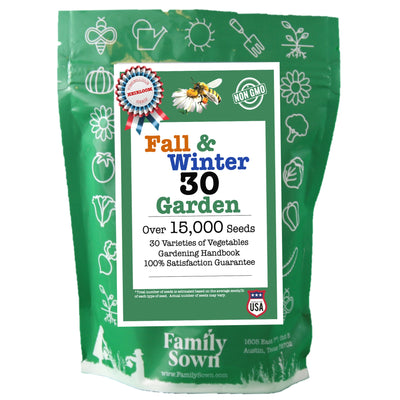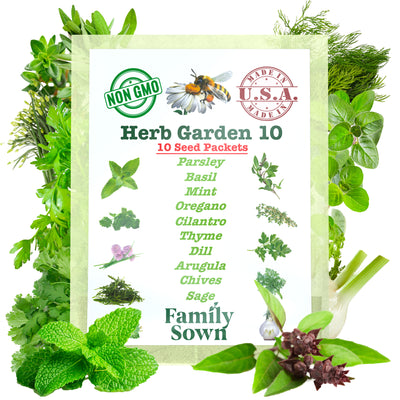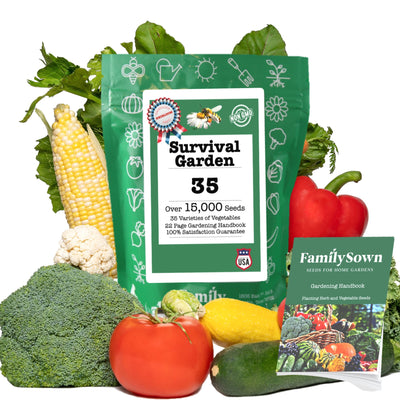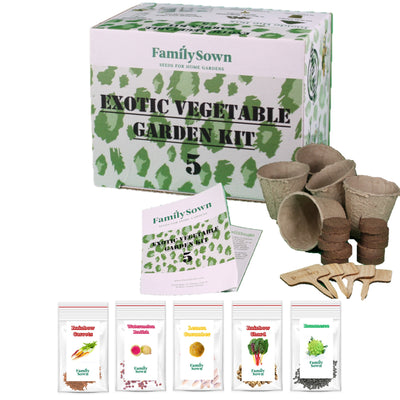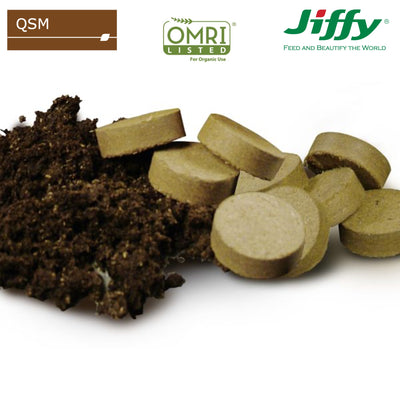Watering Herbs and Vegetables
Watering:
Watering needs for a garden are not all the same. Some plants need more water, and others are fine with less water. The variation in water requirements makes learning how to water your garden a little complicated. In this short guide to watering your garden, we help demystify watering.
How much to water?
Each plant has its own water requirements. A general way to look at plants and watering is to look at the size of the plant. Tomatoes, for example, are big plants. They need more water because their root systems are deeper. In contrast, parsley has a shallow root system and may need less water.
There is also the root depth system which looks at how quickly the soil dries. Shorter rooted plants may need less water per week but more frequent watering. For example, tomatoes will need less watering but more water to soak into the deeper layers of soil.
How Often Should You Water?
Where you live, and your local weather will dictate how often you should water. In hotter areas, water every day. In cool, coastal areas, you may only need to water every other or every third day. Your plants are a good indicator of when to water. For example, if tomato plants begin to wilt, it is time to water them.
If you are not sure when to water, check the soil. If you dig down an inch and it is moist, then the plants are likely okay. If you dig down an inch and the ground is dry, it is time to water.
Overwatering
Overwatering causes problems with plant health and plant yield. Root rot is a common problem when the soil is overly moist, and a poor fruit set is another problem when there is too much or too little water. It can be challenging to get watering right because different plants have different watering needs.
Underwatering
When plants do not get enough water, they have developmental issues, such as stunting. They also have a low fruit set and are often prone to disease and pests. A little reading will help solve over watering and under watering problems.
Grouping Plants with Similar Needs
An excellent way to garden successfully is to group your plants according to similarities in care, such as watering needs. Doing so allows you to water groups of plants the same way, saving time, energy, and water. Plus, the plants will be much more likely to thrive.
Adding Fertilizer to Water
Another reason to group plants in your garden with similar needs is that it is much easier to fertilize them. If you use liquid fertilizers, you can water all the plants in one group and feed them simultaneously.
Effect of Heat on Watering
Hot days mean more water for the garden. Water loss in the soil occurs through evaporation, and on hotter days, plants transpire more water. So when the temperatures are rising, give your garden more water.




